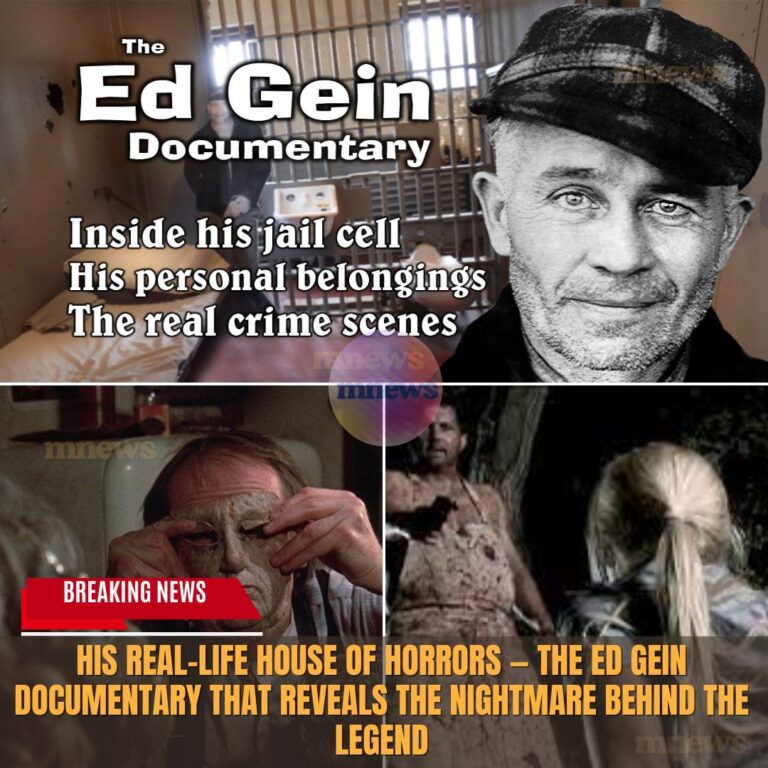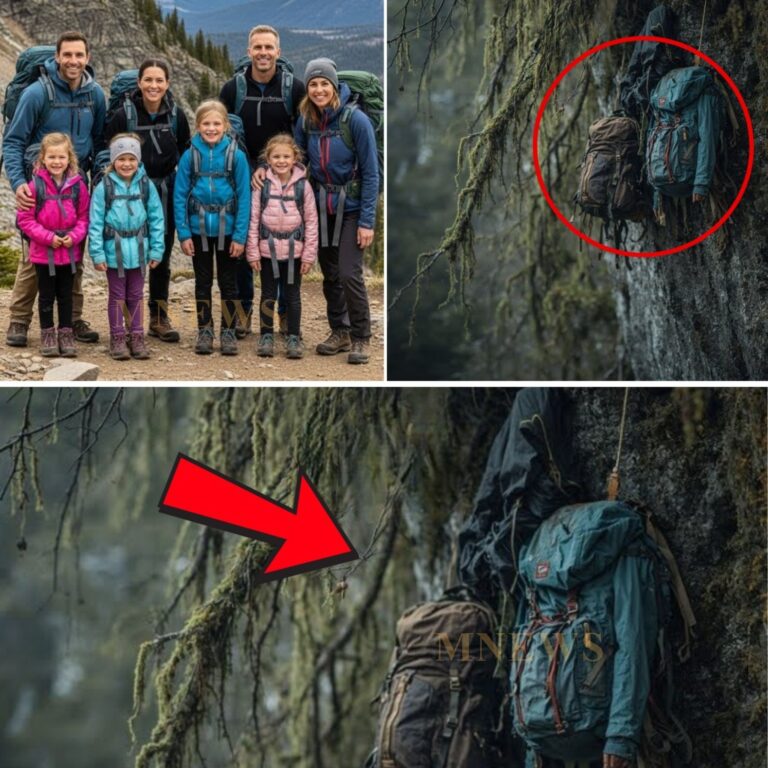Netflix’s latest series, “Monster: The Ed Gein Story,” has captivated audiences with its chilling portrayal of one of America’s most notorious figures, but how much of what viewers see is rooted in reality? As the series climbs the streaming charts, a deeper investigation reveals the stark contrast between the dramatized narrative and the unsettling truth behind Ed Gein’s life and crimes.

Picture a desolate farm on the outskirts of Plainfield, Wisconsin, in the 1940s, where the quiet farmer, Ed Gein, was known as a polite handyman, often babysitting for local families. Little did they know, beneath his mild demeanor lurked a man spiraling into madness. Born in 1906 to fanatically religious parents, Gein’s childhood was marred by isolation and psychological torment, particularly from his domineering mother, Augusta. After her death in 1945, Gein’s descent into darkness accelerated, leading him to commit unspeakable acts.
The horror reached its peak on November 16, 1957, when Bernice Warden, a local hardware store owner, went missing. Investigators uncovered a gruesome scene in Gein’s farmhouse, where they found jars of organs, human skulls used as bowls, and a decapitated body hanging upside down. Gein confessed to killing Warden and another woman, but most of the body parts in his home were reportedly stolen from graves. His obsession with his mother drove him to exhume bodies, seeking to recreate a twisted version of maternal love.

While Netflix’s “Monster” offers a slick, cinematic experience, it has drawn criticism for its embellishments. True crime author Harold Schechter, who has extensively researched Gein’s life, asserts that 90% of the series is inaccurate. The show presents a fictionalized narrative that conflates Gein with the archetype of a serial killer, a label he does not fit. Schechter emphasizes that Gein was not a traditional serial killer, but rather a grave robber whose actions stemmed from a disturbed psychological state.

The series also dramatizes Gein’s relationships, including a fabricated romantic connection with Warden. In reality, their interactions were minimal, with Warden being more of a grandmotherly figure than a love interest. Such inaccuracies extend to other plot points, including the portrayal of Gein as a babysitter who terrorized children—a depiction that Schechter refutes, stating that he was generally well-liked by kids.

As “Monster” weaves in references to iconic horror films like “Psycho” and “The Texas Chainsaw Massacre,” it raises questions about the ethical implications of glamorizing real-life killers. The series suggests a direct lineage from Gein to these cinematic monsters, but Schechter argues that the connection is more complex. While Ed Gein undoubtedly left a mark on American horror culture, his legacy is not one of inspiration for future serial killers, but rather a cautionary tale of the depths of human depravity.
In the end, viewers are left grappling with the blurred lines between fact and fiction. As “Monster” continues to dominate Netflix, it serves as a reminder of the dangers of sensationalizing true crime, urging audiences to approach such narratives with a critical eye and an understanding of the real horrors that lie beneath.





